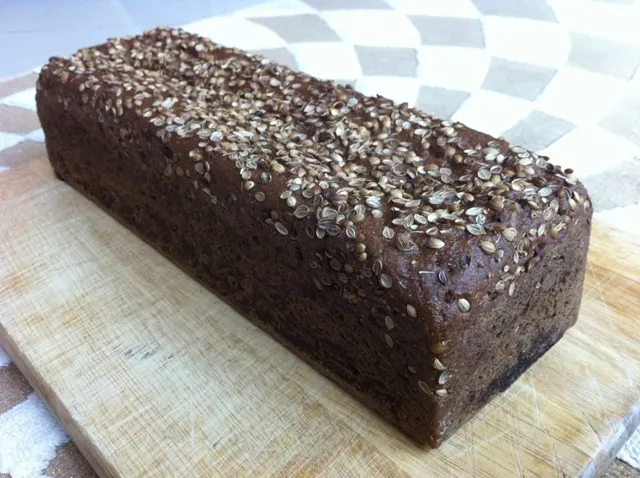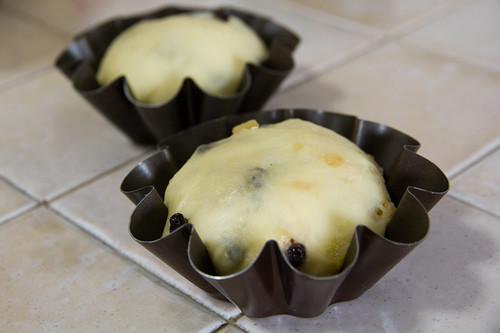New Year Bakes - Panettone & Pandoro

Two formulas I've not tried before.
Renato Bosco Panettone
Renato Bosco maintains his madre in water which means it's less acidic and hence why his formula includes it at 50% in the first dough.
- Log in or register to post comments
- 16 comments
- View post
- mwilson's Blog





 Nice looking tamales here too... fun times!!
Nice looking tamales here too... fun times!!



